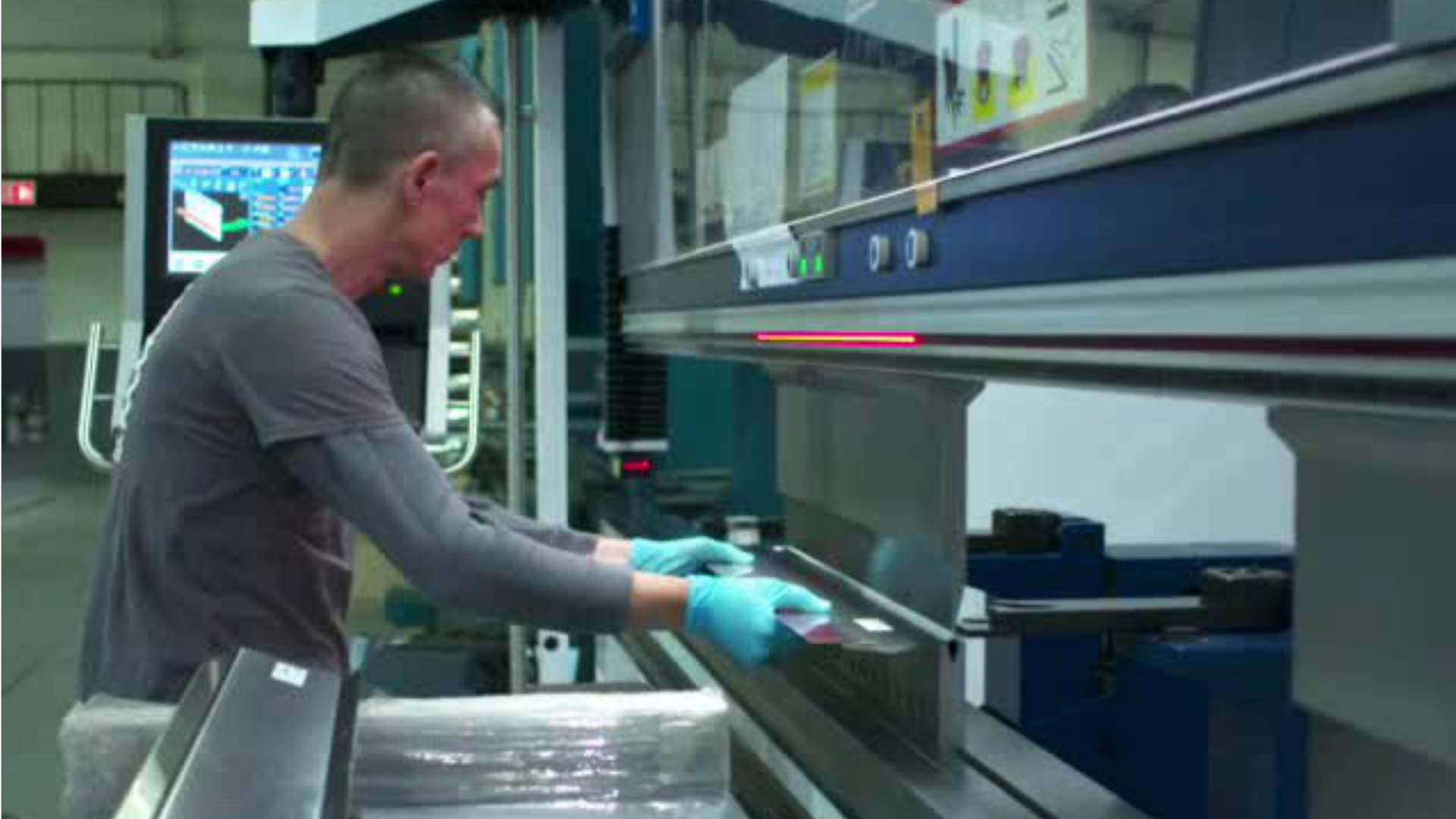Computer Numerically Controlled Tool Programmers
CNC Machinist (Computer Numerical Control Machinist), CNC Operator (Computer Numerical Control Operator), CNC Programmer (Computer Numerical Control Programmer), Programmer
 Select a military branch to see samples.
Select a military branch to see samples.
Aircraft Metals Technology; Aircraft Metals Technology Apprentice; Aircraft Metals Technology Craftsman; Aircraft Metals Technology Helper; Aircraft Metals Technology Journeyman
Allied Trades Specialist; Allied Trades Warrant Officer
No similar titles were found.
Additive Manufacturing Officer; Additive Manufacturing Specialist; Machinist
Advanced Machinery Repairman; Computer Numerically Controlled Machinist; Machinery Repairman; Machinery Repairman Apprentice; Machinery Repairman Journeyman; Navy Afloat Maintenance Training Strategy (NAMTS) Computer Numerical Controller (CNC) Machinist
No similar titles were found.
What they do:
Develop programs to control machining or processing of materials by automatic machine tools, equipment, or systems. May also set up, operate, or maintain equipment.
On the job, you would:
- Determine the sequence of machine operations, and select the proper cutting tools needed to machine workpieces into the desired shapes.
- Analyze job orders, drawings, blueprints, specifications, printed circuit board pattern films, and design data to calculate dimensions, tool selection, machine speeds, and feed rates.
- Observe machines on trial runs or conduct computer simulations to ensure that programs and machinery will function properly and produce items that meet specifications.
Knowledge
Manufactured or Agricultural Goods
- manufacture and distribution of products
Engineering and Technology
- product and service development
- design
Math and Science
- arithmetic, algebra, geometry, calculus, or statistics
Arts and Humanities
- English language
Skills
Basic Skills
- keeping track of how well people and/or groups are doing in order to make improvements
- using math to solve problems
Problem Solving
- noticing a problem and figuring out the best way to solve it
People and Technology Systems
- figuring out how a system should work and how changes in the future will affect it
- measuring how well a system is working and how to improve it
Abilities
Math
- choose the right type of math to solve a problem
- add, subtract, multiply, or divide
Ideas and Logic
- notice when problems happen
- order or arrange things
Visual Understanding
- quickly compare groups of letters, numbers, pictures, or other things
Verbal
- communicate by speaking
Personality
People interested in this work like activities that include data, detail, and regular routines.
They do well at jobs that need:
- Attention to Detail
- Dependability
- Cautiousness
- Intellectual Curiosity
- Achievement Orientation
- Perseverance
Technology
You might use software like this on the job:
Computer aided design CAD software
- Autodesk AutoCAD
- Dassault Systemes SolidWorks
Video conferencing software
- FaceTime
Computer aided manufacturing CAM software
- 1CadCam Unigraphics
- Vero Software WorkNC
Education
Education: (rated 2 of 5)
high school diploma/GED or
certificate after high school
usually needed
certificate after high school
usually needed
Job Outlook
Bright
New job opportunities are very likely in the future.
Explore More
- Computer Numerically Controlled Tool Operators
- Electromechanical Equipment Assemblers
- Machinists
- Model Makers, Metal & Plastic
- Robotics Technicians
You might like a career in one of these industries:
See more details at O*NET OnLine about Computer Numerically Controlled Tool Programmers.






